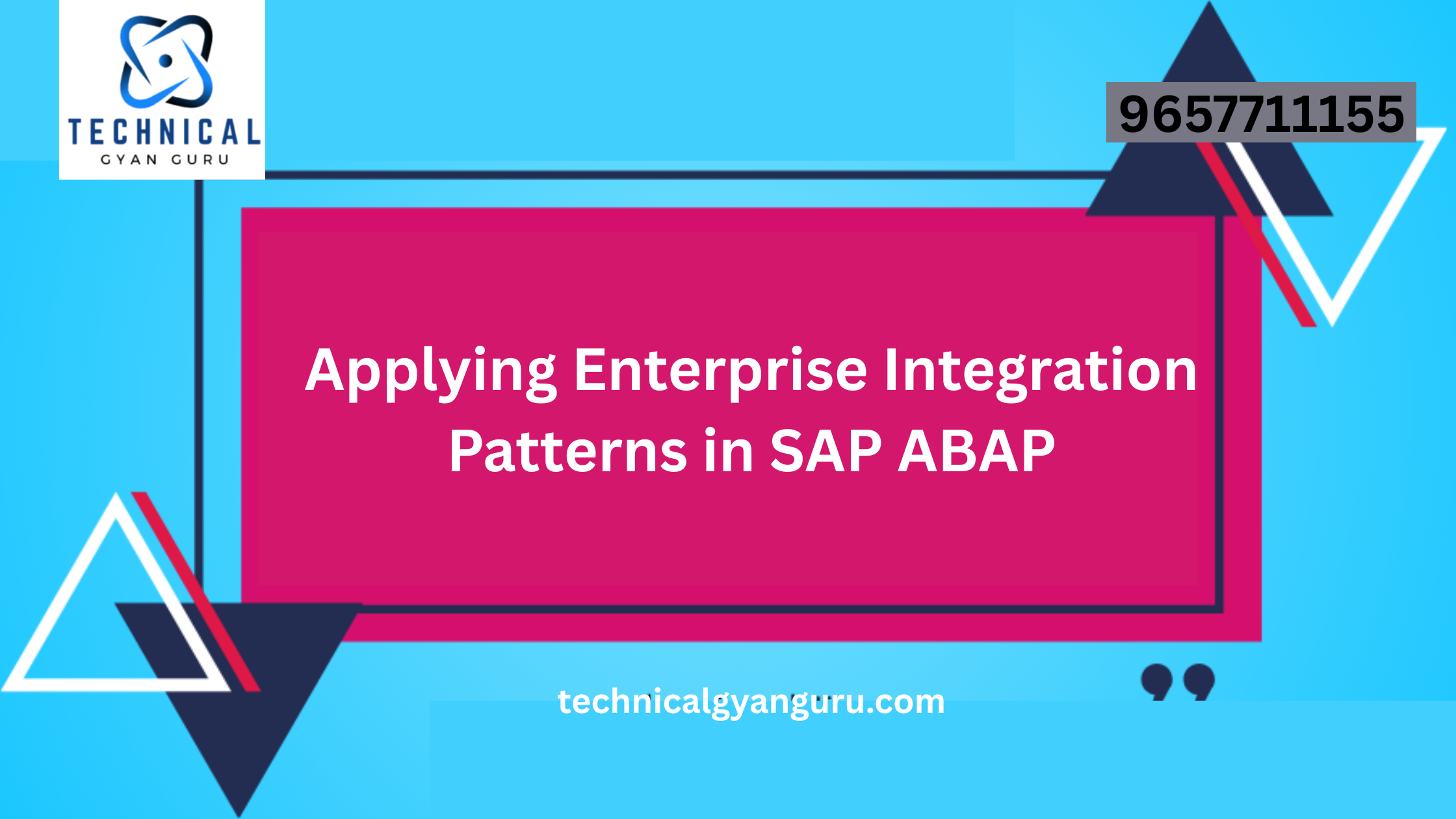Introduction: SAP FICO Transaction Codes
SAP FICO Transaction Codes: In the realm of financial management, SAP FICO (Financial Accounting and Controlling) is a cornerstone, empowering organizations to achieve excellence in financial processes. Within the SAP FICO module, transaction codes play a pivotal role in streamlining financial operations, allowing users to execute specific tasks with precision and efficiency. In this blog, we’ll delve into the world of SAP FICO transaction codes, understanding their significance, and exploring how they contribute to the seamless management of financial processes.
Understanding SAP FICO Transaction Codes:
SAP FICO transaction codes are alphanumeric codes that serve as shortcuts to access specific functionalities within the SAP FICO module. These codes enable users, such as finance and accounting professionals, to perform various financial tasks quickly and accurately. From posting journal entries to generating financial reports, SAP FICO transaction codes provide a direct path to essential financial functions.
Classification of SAP FICO Transaction Codes:
- General Ledger Accounting (FI-GL):
- FS00: Create/Edit G/L Account Master Record
- F-02: Post G/L Account Document
- FBL3N: Display G/L Account Line Items
- Accounts Payable (FI-AP):
- FK01: Create Vendor Master Data
- FB60: Enter Vendor Invoice
- FBL1N: Display Vendor Line Items
- Accounts Receivable (FI-AR):
- FD01: Create Customer Master Data
- FB70: Enter Customer Invoice
- FBL5N: Display Customer Line Items
- Asset Accounting (FI-AA):
- AS01: Create Asset Master Record
- ABZON: Transfer within Company Code
- AW01N: Display Asset Master Data
- Controlling (CO):
- KSB1: Display Cost Centers
- CJ20N: Display Project Definition
- KS03: Display Profit Center
- Internal Orders (CO-OM-OPA):
- KO01: Create Internal Order
- KO02: Change Internal Order
- KO03: Display Internal Order
Key Advantages of SAP FICO Transaction Codes:
- Time Efficiency:
- Transaction codes provide a shortcut to specific SAP FICO functions, saving time by eliminating the need for users to navigate through multiple screens.
- Data Consistency:
- By using transaction codes, businesses ensure consistency in financial data entry and reporting, contributing to accurate and reliable financial information.
- Streamlined Processes:
- Transaction codes streamline financial processes, making it easier for users to perform routine tasks such as posting journal entries, managing accounts payable, and generating financial statements.
- Enhanced Security:
- Transaction codes can be assigned based on user roles, ensuring that users have access only to the functionalities relevant to their roles. This enhances security and data integrity.
Tips for Efficient Use of SAP FICO Transaction Codes:
- Create Favorites:
- Use the “Favorites” functionality in SAP to create a personalized list of frequently used transaction codes for quick access.
- Documentation and Training:
- Maintain documentation on commonly used transaction codes and provide training to users to enhance their proficiency in executing financial tasks.
- Utilize Shortcuts:
- Memorize or document frequently used transaction codes to expedite the execution of common financial tasks.
- Stay Informed:
- Regularly update yourself on new or optimized transaction codes introduced by SAP to leverage the latest functionalities.
Conclusion:
In the realm of financial management, SAP FICO transaction codes serve as the keys to unlocking efficiency, accuracy, and control. As organizations navigate complex financial landscapes, these codes empower finance and accounting professionals to execute tasks with precision, ensuring the integrity of financial data and compliance with regulatory standards. Mastering SAP FICO transaction codes is not just a skill but a strategic advantage for businesses seeking to streamline financial processes and achieve excellence in financial management. In the fast-paced world of finance, these transaction codes are indeed the shortcuts to financial success.







